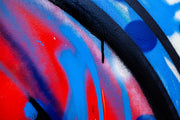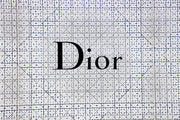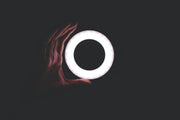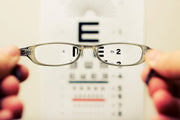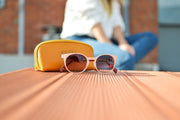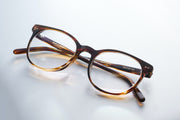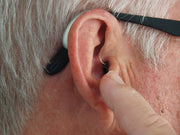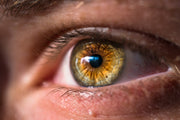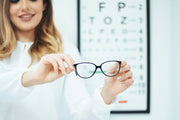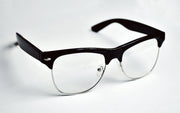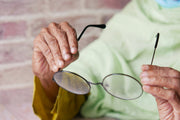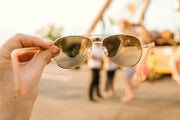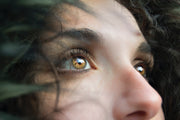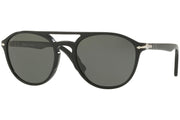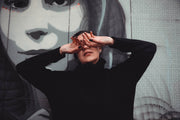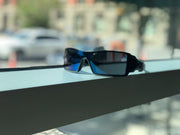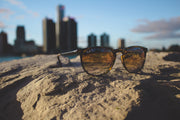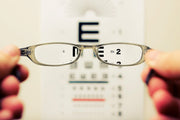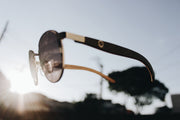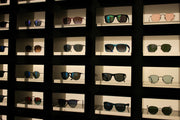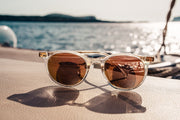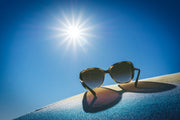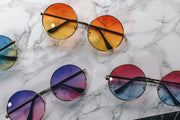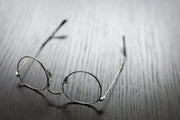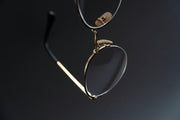Can blue light glasses give you headaches?
A number of people have reported experiencing headaches when using blue-light blocking glasses. However, there are no convincing studies that link headaches to the glasses. Still, it is possible for new glasses or a new prescription to cause headaches, especially when your prescriptions have been changed.
Why do blue light glasses give me a headache?
The reason blue light glasses give you headache is because blue light is the light of high-energy, visible light that is blocked by most sunglasses and led in neighboring peaks. Tablets, phones, and computers often emit more blue light than any other part of the spectrum, and blue light eyeglasses businesses argue that it could lead to eyestrain, headaches, and blurred vision.
Why do my eyes hurt when wearing blue light glasses?
Your eyes get hurt when wearing blue light glasses because your eyes are constantly changing focus, moving and staying in front of the computer screen. Moreover, the glare and contrast on the computer can be quite straining on your eyes. So, even though you may be feeling eye discomfort and stress from being up on your Mac for a really long period of time, it's possible that your eyes are wearing you down from this, and not from the blue light that comes from the screen.
Is it OK to wear blue light glasses all day?
Yes, wearing blue light glasses all day is completely safe and will not affect your well-being or eyes. Blue light exposure can in fact protect your eyes and allow you to avoid discomfort from wearing them.
Can blue light glasses cause issues?
Blue light glasses can sometimes cause issues. There is not much evidence of blue light glasses being unsafe. Nonetheless, people who wear them may anticipate them to provide protection and therefore not be cautious of other activities that could worsen symptoms related to screen time.
Do blue light glasses make you tired?
Blue light glasses can sometimes make you tired. Nonetheless, as we stated above, blue light glasses don't entirely prevent digital eye strain, but some perceive less strain on their eyes when wearing blue light glasses and enjoying digital devices.
How do I know if blue light glasses are working?
To know if blue light glasses are working, you can do the blue sky computer glasses test. It is as simple as it sounds. Just wait for a sunny day and place your glasses toward the blue sky. Wearing the glasses throughout the day, the lenses should look clear; if the shades have a slight yellow tint then it can filter out the ideal 30 % of blue light.
Is blue light filter on glasses worth it?
Blue light filter on glasses can be worth it. While blue light blocking glasses can reduce the amount of blue light emitted by the eyes, there is currently no evidence that wearing these glasses improves or protects the eyesight. Put simply, there's no scientifically-backed benefit of wearing blue light blocking glasses for your eyes.
Should you wear blue light glasses while using phone?
Yes, you should wear blue light glasses while using phone. In general, the best time to use blue light glasses is right after such exposure, usually caused by working in front of the computer or watching TV for long amounts of time.
Do blue light glasses help sleep?
Yes, blue light glasses help sleep. Wearing blue-light blocking glasses before sleep time will help your body produce melatonin at concentrations that are nearer to your desired bedtime, which will make it easier for you to fall asleep and stay asleep throughout the night.
Should you wear blue light glasses while watching TV?
Yes, you should wear blue light glasses while watching TV. Anytime you're under artificial lighting or displaying on digital screens, it is advisable to wear blue light sunglasses.
Why do my blue light glasses reflect green?
The reason your blue light glasses reflect green is because the coating on your lenses is unable to eliminate the remaining 1 reflection on them. This leftover color is also referred to as the bloom.
Are blue light glasses the same as migraine glasses?
Blue light glasses are not the same as migraine glasses. Blue light-blocking eyeglasses were not shown to be more effective than ordinary clear glasses for alleviating the symptoms of eye strain. Unfortunately, this suggests that they will not ease headaches caused by eye strain.
Can blue light glasses cause anxiety?
Blue light glasses don't cause anxiety. Overexposure to blue light has been reported to increase anxiety in office workers. Blue light also suppresses melatonin, the sleep hormone, but can also inhibit the secretion of cortisol — the main stress hormone that can help you fight off fatigue, fear and stress.
Can blue light glasses damage your eyes?
No, blue light glasses don't damage your eyes. Blue light glasses protect you from the adverse health hazards of blue light, produced by electronic devices, such as tablets, smartphones, and laptops.
Are all blue light glasses the same?
Not all blue light glasses are the same. Some glasses are more effective than others.
What time of day should you wear blue light glasses?
The best time to wear blue light glasses would be any time you're being exposed to blue light for long hours.
How long before bed should you wear blue light glasses?
You should wear blue light glasses about 3 hours before bed. You don't have to put on these special kinds of glasses all day to get the sleep benefits of blue light reduction.


